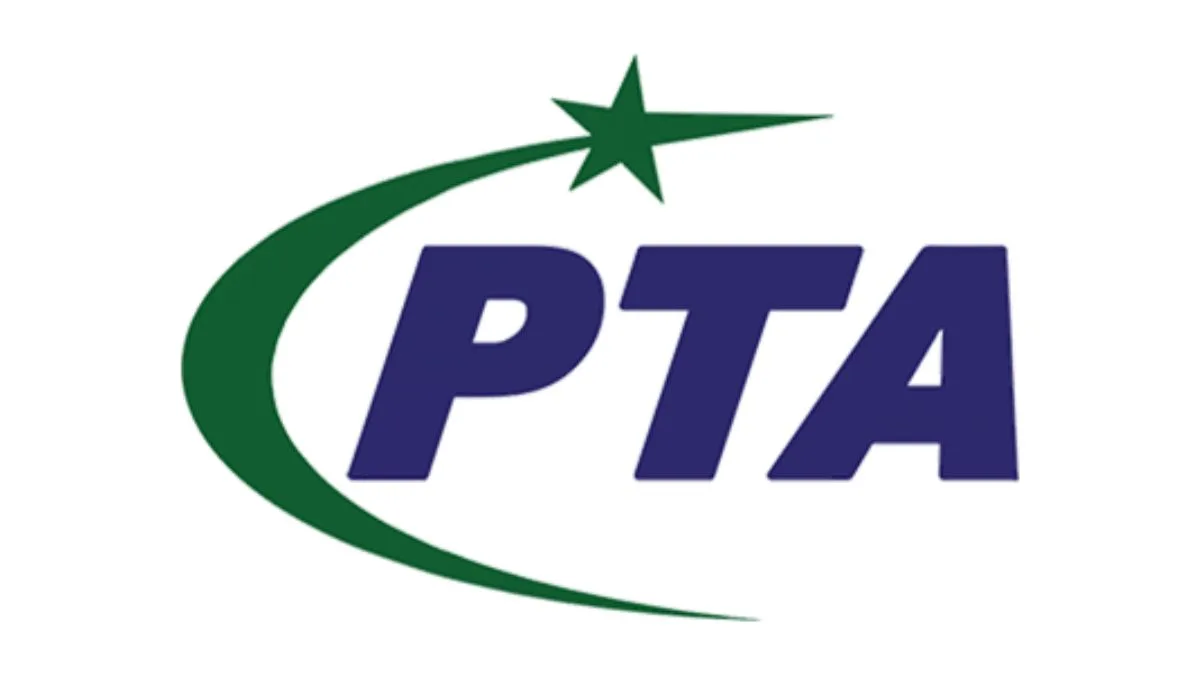Full moon or call it supermoon falls on June 23, 2013 at 11:32 UTC (6:32 a.m. CDT in the U.S.). Thus, for many, the moon appears about as full in the June 22 evening sky as it does on the evening of June 23. This full moon is not only the closest and largest full moon of the year. It also presents the moon’s closest encounter with Earth for all of 2013. The moon will not be so close again until August, 2014.
At United States’ time zones, that means the moon will turn full on June 23 at 7:32 a.m. EDT, 6:32 a.m. CDT, 5:32 a.m. MDT and 4:32 a.m. PDT.
The astronomers call this sort of close full moon a perigee full moon. The word perigee describes the moon’s closest point to Earth for a given month. Two years ago, when the closest and largest full moon fell on March 19, 2011, many used a term we’d never heard before: supermoon. Last year, we heard this term again to describe the year’s closest full moon on May 6, 2012. Now the term supermoon is being used a lot. Last month’s full moon – May 24-25, 2013 – was also a supermoon. But the June full moon is even more super! In other words, the time of full moon falls even closer to the time of perigee, the moon’s closest point to Earth. The crest of the moon’s full phase in June 2013, and perigee, fall within an hour of each other.
What does supermoon mean exactly? And how special is the June 23, 2013 supermoon?
Your best photos: May 2013 supermoon
Big sun-diving Comet ISON might be spectacular in late 2013

View larger. | Astronomers say you can’t really tell the difference in size between a supermoon and any other full moon. Check out this size comparison from our friend Alec Jones in the UK.

The supermoon of March 19, 2011 (right), compared to an average moon of December 20, 2010 (left). Note the size difference. Image Credit: Marco Langbroek, the Netherlands, via Wikimedia Commons.
The word supermoon didn’t come from astronomy. Instead, it came from astrology. Astrologer Richard Nolle of the website astropro.com takes credit for coining the term supermoon. In 1979, he defined it as:
…a new or full moon which occurs with the moon at or near (within 90% of) its closest approach to Earth in a given orbit (perigee). In short, Earth, moon and sun are all in a line, with moon in its nearest approach to Earth.
By this definition, according to Nolle:
There are 4-6 supermoons a year on average.








